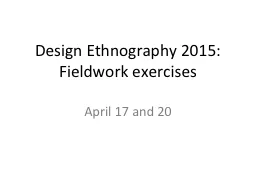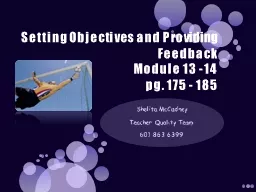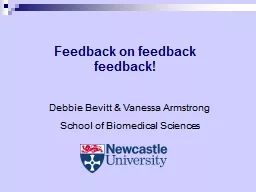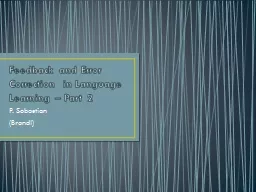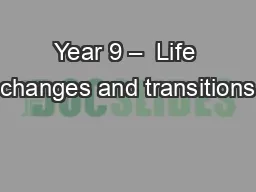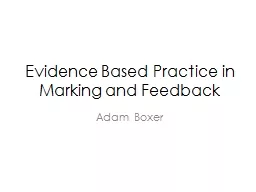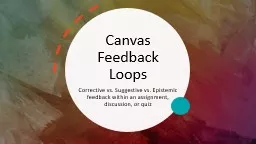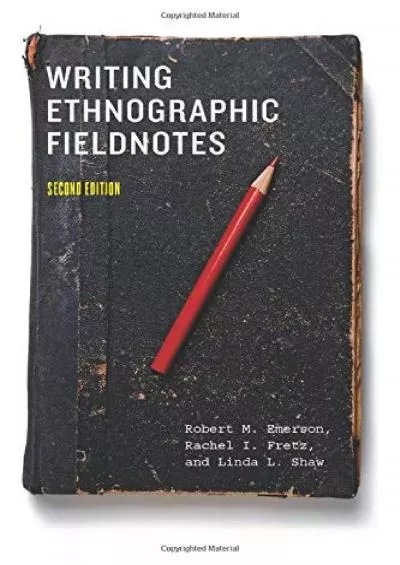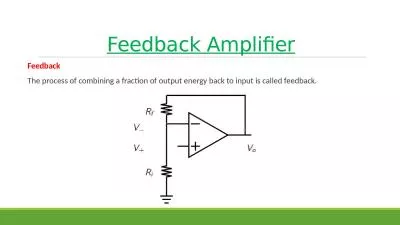PPT-Feedback and Fieldnotes
Author : pasty-toler | Published Date : 2017-03-18
in Anaesthesia Training Credits and Acknowledgements Feedback and Fieldnotes Resource Development T eam Dr Rebecca Fanning Coombe Women and Infants University
Presentation Embed Code
Download Presentation
Download Presentation The PPT/PDF document "Feedback and Fieldnotes" is the property of its rightful owner. Permission is granted to download and print the materials on this website for personal, non-commercial use only, and to display it on your personal computer provided you do not modify the materials and that you retain all copyright notices contained in the materials. By downloading content from our website, you accept the terms of this agreement.
Feedback and Fieldnotes: Transcript
Download Rules Of Document
"Feedback and Fieldnotes"The content belongs to its owner. You may download and print it for personal use, without modification, and keep all copyright notices. By downloading, you agree to these terms.
Related Documents



